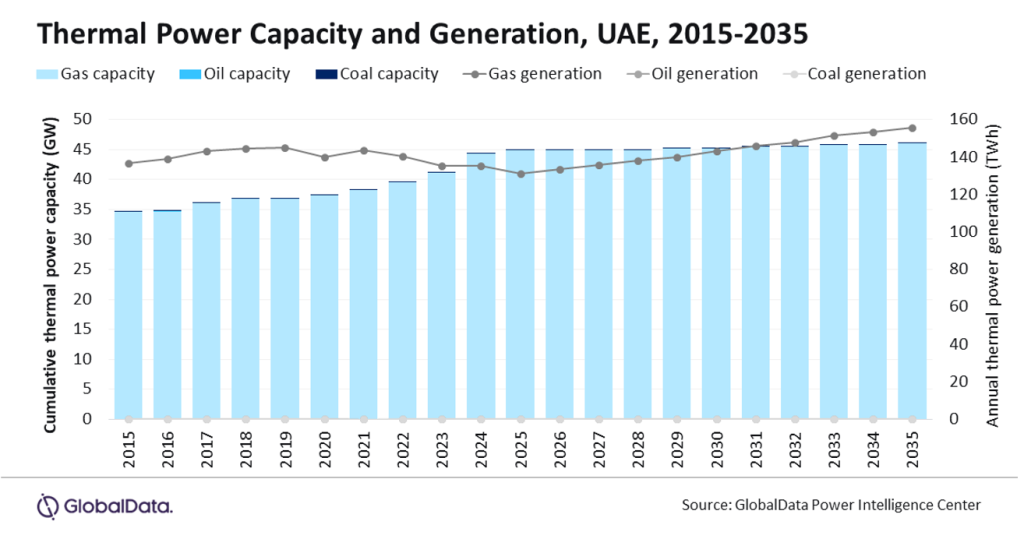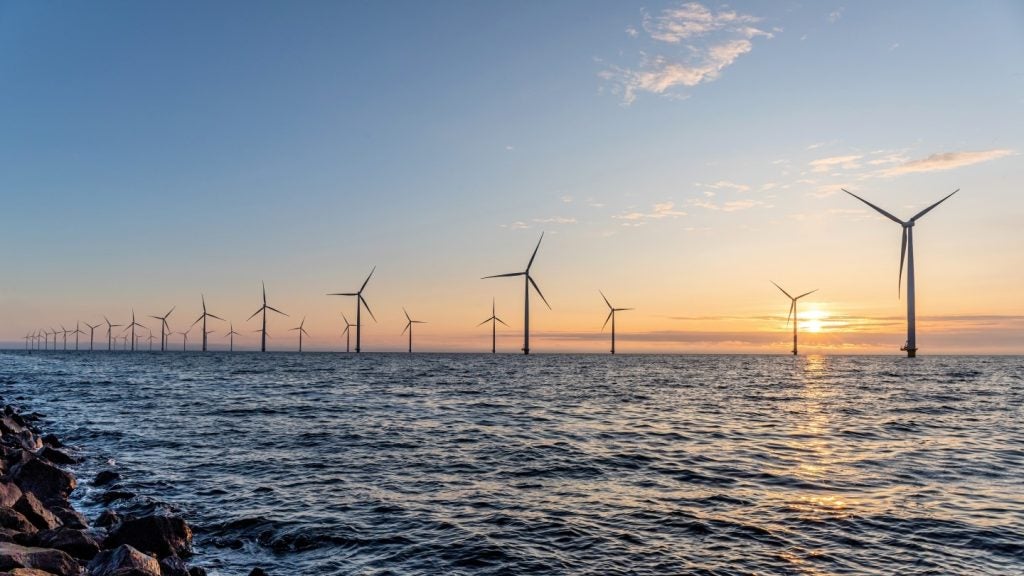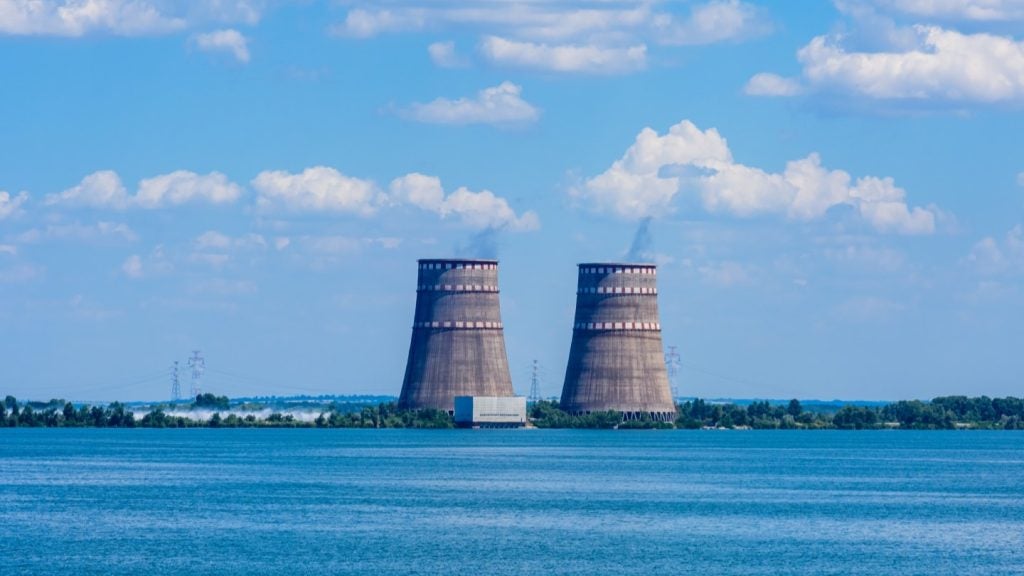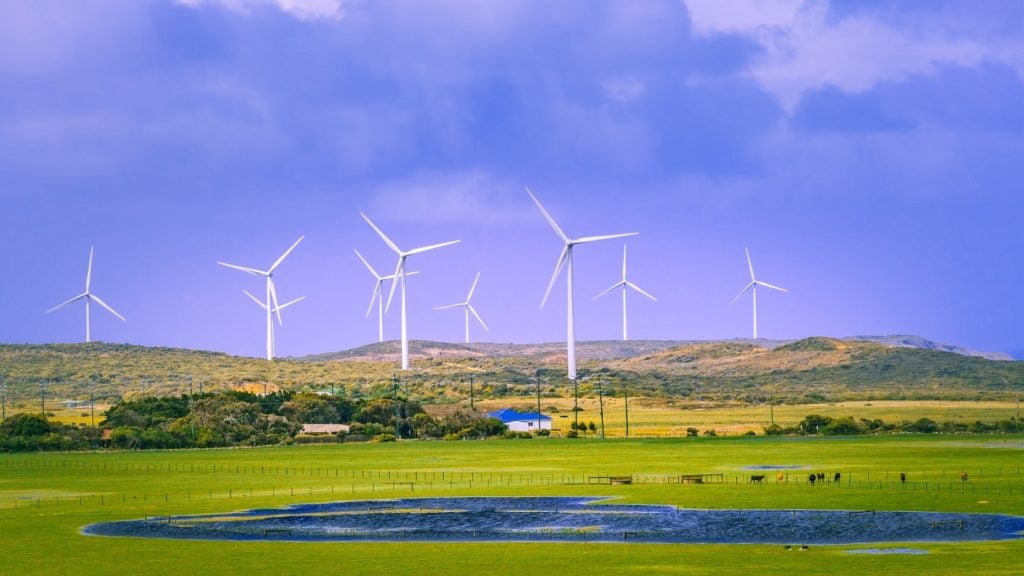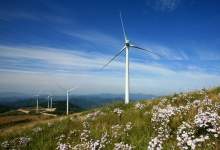

Supply of renewable electricity to the UK grid is breaking records. In the last quarter (Jan-March 2015) renewable electricity provided 22% of supply. In 2014 renewable electricity accounted for a record 19.2% of total supply. Onshore and offshore wind made up nearly 50% of this total.
Rosie Vetter is helping make this increase in clean energy a reality. As a senior environmental scientist at AECOM, where she manages a team of around twelve, Vetter is responsible for assessing and mitigating against the potential impacts a new renewable energy project, such as wind, hydropower and solar, might have on the local environment. This process can take up to three years and will help determine whether a site is suitable for a project or not.
Vetter, who is part of RenewableUK’s ‘Faces of Wind Energy’ project, a resource for anyone interested in a career in renewables, explains why she finds working in the renewables sector both rewarding and important for future generations.
Heidi Vella-Starr: What is a typical day like for you?
Rosie Vetter: A typical day for me would be going to the office or visiting clients. If I go into the office it is usually to discuss projects with my clients and any particular concerns they might have. Depending on the stage we are at I might be writing up documents or managing the team that I work with. We have a group of specialists who collate different chapters. For example, I have a landscape specialist, a noise specialist, a hydrologist, ecologists…it is managing all of these people and their input.
How well do you really know your competitors?
Access the most comprehensive Company Profiles on the market, powered by GlobalData. Save hours of research. Gain competitive edge.

Thank you!
Your download email will arrive shortly
Not ready to buy yet? Download a free sample
We are confident about the unique quality of our Company Profiles. However, we want you to make the most beneficial decision for your business, so we offer a free sample that you can download by submitting the below form
By GlobalDataSee Also:
HVS: What are the main challenges you face when working on a project?
RV: For a typical wind farm you want to make sure you have done a full bird survey. I wouldn’t say it is a problem but it is something you have to factor in. For example, one site might have potential for Golden Eagles so we would tailor the surveys to take that into account. For a wind farm environmental impact assessment (EIA), you are normally required to complete about two years of bird assessments and that’s before you begin writing up the assessment. Then you have to assess whether you think the proposal will have significant impact.
It really depends on the scheme. Landscape and visual can be quite difficult to mitigate because it is all personal perception of the site, but this is obviously very important for local residents. You also have to make sure you are not impacting local heritage sites. There are a number of different challenges but we work closely with local authorities and consultees to try and make sure we mitigate against any impact a scheme might have.
HVS: What common constraints do you encounter?
Business is starting to take a lead on climate action.
RV: Constraints aren’t just environmental. You can also have technical constraints like aviation. During the feasibility process, when first looking at a potential site, you make sure you take into account a wide range of potential impacts. For example, we include buffer strips alongside water courses, so you don’t go within a certain distances of water courses. Then you have regulations around landscape and visual impact. You go through all of the potential constraints and map them until you have a full constraints map. Once you have done that, if there is any land left that is available this is normally where you would look to develop the site. We map the constraints as accurately as possible, as early as possible, so that there are no surprises later down the line. It is really important that you don’t get to the stage where you’ve not taken into account one really important constraint and then you realise at planning that you can’t develop that site.
HVS: What is the most satisfying aspect of your job?
RV: I am passionate about the renewables industry and about the need for security of energy supply through generating our own electricity in the UK. For me it is really rewarding knowing that I am actually trying to help the development of a new industry.
I would encourage more people to get involved with the renewables industry. It is an industry full of younger people, it is sociable and everyone sticks together so you get to know everybody in the industry quite well. You feel like you are part of a movement of people working towards the same goal and moving in the same direction.
HVS: What would you say are the key skills you need to do your job?
RV: Good organisation and being able to manage your time. Excellent communication skills, and obviously numeracy and budget management are equally important. It is no different from any project management role really. It is knowing what you need to do and what time you have to do it in.
HVS: What career path did you follow to get to your current role?
RV: I did an undergraduate degree in biological sciences, so I did a BSc in biology, then I did a masters degree in environmental management.
I’ve also got policy, consultancy and development experience, which means I learnt about the industry from a number of different angles. That was a really good way of learning. Going into a trade body straight from my postgraduate degree was really valuable as I met a lot of people at the top of their game, as well as many developers.
HVS: What made you want to work in the renewables sector?
RV: When I started my degree in the autumn of 2002, the renewable sector wasn’t as strong in the UK. I wasn’t really aware of the renewables sector and how it was growing. But when I started learning about the environment I knew that I wanted to do something to do with environmental impact and I spent some of my time looking at the impact of climate change as part of my master’s dissertation. After studying the science I knew that I had to do something that I thought would help combat climate impacts and that is why I moved into renewables.
HVS: Is there a good balance of men and women in the renewables industry do you think?
RV: I have never come up against any prejudice because I am a woman. We have got a networking group called Women in Renewable Energy Scotland that helps you get to meet other women in the industry. I read the other day that there are more women in the renewable sector than in traditional energy industries. I don’t know whether that is because it is a growth sector and a younger industry. I’m sitting at my desk right now and there are two other girls amongst the 25 people currently in the office. I would like to see more women in the renewables sector, especially at the higher level. At the senior level there is always more room for more women. Women need to be encouraged to go into engineering; ultimately, there is no reason a women can’t do those jobs.




